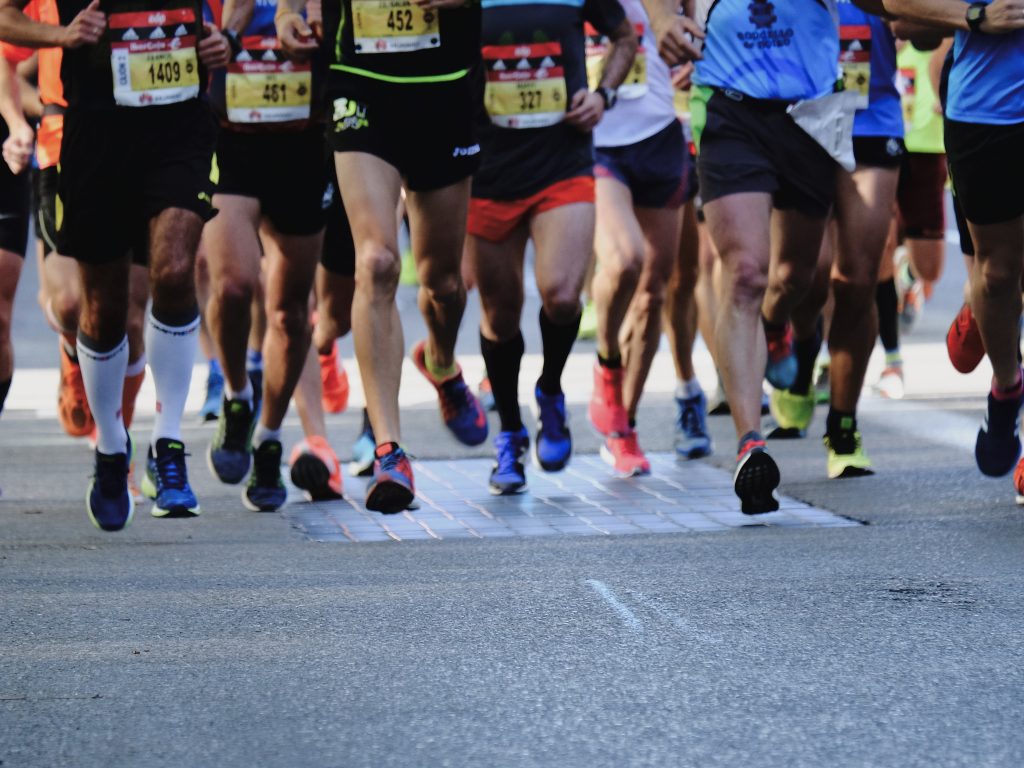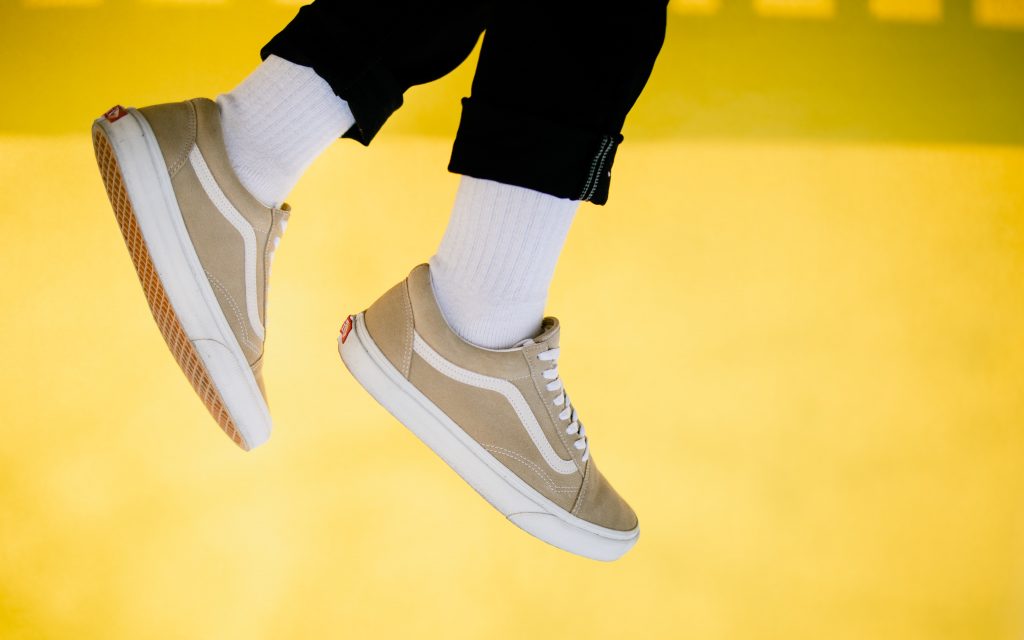Staying hydrated is a non-negotiable aspect of successful distance running. Whether you’re a seasoned marathoner or training for your first half-marathon, the right hydration gear can significantly impact your performance and overall experience. This comprehensive guide walks you through the process of selecting the perfect hydration packs and belts to keep you comfortably hydrated during your long runs.
Why Hydration Matters in Distance Runs
Distance runs put considerable strain on your body, leading to increased sweat and potential dehydration. Proper hydration not only boosts your performance but also prevents fatigue, cramping, and other complications associated with insufficient fluid intake.
The Significance of Staying Hydrated
Sufficient hydration maintains your body’s core temperature, helps transport nutrients, and supports overall endurance. Dehydration, on the other hand, can lead to diminished performance and increase the risk of injury.
Key Factors to Consider When Choosing Hydration Packs and Belts
Choosing the right hydration gear involves assessing multiple factors that contribute to your comfort and convenience during long runs.
Capacity and Fluid Storage
Determine the amount of water you’ll need based on the distance and weather conditions. Hydration packs and belts come in various sizes, accommodating different fluid volumes.
Comfort and Fit
Comfort is paramount during distance runs. Select gear with adjustable straps and padding to ensure a snug fit without causing discomfort or chafing.
Additional Storage Features
Consider extra pockets or compartments for carrying essentials such as energy gels, keys, or a smartphone. Having these items easily accessible can enhance your overall running experience.
Understanding Hydration Packs and Belts
Hydration packs and belts are two primary options for distance runners seeking efficient hydration solutions.
Differentiating Hydration Packs and Belts
- Hydration Packs: These backpack-like systems offer larger fluid capacities and additional storage. They distribute weight evenly across your back, providing stability during runs.
- Hydration Belts: Worn around the waist, these belts have smaller fluid capacities but offer lightweight convenience. They’re ideal for runners who prefer minimal gear.
Pros and Cons of Each Option
- Hydration Packs: Pros include high fluid capacity and extra storage. However, they can feel bulkier and warmer on hot days.
- Hydration Belts: Pros include lightweight design and minimal interference with running form. The trade-off is limited fluid storage.
Top Picks for Hydration Packs
To guide your choice, here are top recommendations for hydration packs suitable for distance runs:
Hydration Pack 1: [Model Name]
- Features: Large capacity, multiple compartments
- Pros: Generous fluid storage, versatile storage options
- Cons: May feel heavier for shorter runs
**Hydration Pack
2: [Model Name]**
- Features: Lightweight design, breathable back panel
- Pros: Comfortable fit, suitable for warm weather
- Cons: Limited storage for larger items
Hydration Pack 3: [Model Name]
- Features: Integrated hydration system, ergonomic design
- Pros: Streamlined design, hands-free hydration
- Cons: Less storage compared to larger packs
Top Picks for Hydration Belts
For those leaning towards hydration belts, consider these top choices for distance runs:
Hydration Belt 1: [Model Name]
- Features: Adjustable belt, compact water bottles
- Pros: Lightweight, minimalistic design
- Cons: Limited fluid capacity, less storage space
Hydration Belt 2: [Model Name]
- Features: Reflective detailing, zippered pockets
- Pros: Secure fit, additional storage options
- Cons: Smaller fluid bottles
Hydration Belt 3: [Model Name]
- Features: Single-bottle design, bounce-free fit
- Pros: Simplistic and efficient, easy access to fluid
- Cons: Limited storage for essentials
Finding the Right Fit and Comfort
Choosing the perfect hydration gear goes beyond specifications; it’s essential to find gear that fits comfortably.
Testing and Adjusting the Fit
Before your long run, test the fit of your chosen hydration pack or belt. Adjust straps for a secure yet comfortable fit, ensuring minimal movement during runs.
Preventing Chafing and Discomfort
Apply a lubricant, such as anti-chafing balm, to areas prone to friction. A properly fitted pack or belt, coupled with preventive measures, can reduce the likelihood of discomfort and chafing.
Balancing Hydration with Performance
Efficient hydration management involves maintaining a balance between carrying enough fluids and optimizing your running performance.
Carrying Sufficient Hydration
Ensure your chosen gear provides enough fluids for the duration of your run. Practice with your hydration pack or belt to gauge how much you need for various distances.
Strategies for Efficient Use
- Sip fluids at regular intervals to maintain hydration without feeling overly full.
- Adjust your running pace to account for the added weight of the gear, especially during training runs.
Caring for Hydration Gear
Proper maintenance prolongs the lifespan of your hydration gear, ensuring reliable performance on every run.
Cleaning and Drying
After each run, clean your hydration pack or belt according to the manufacturer’s instructions. Thoroughly dry the gear to prevent mold or mildew growth.
Storage Practices
Store your hydration gear in a cool, dry place away from direct sunlight. Avoid leaving water in the bladder or bottles between runs.
Conclusion
Selecting the right hydration packs and belts for distance runs is a crucial step toward maximizing your performance and comfort. By considering factors such as capacity, fit, and additional features, you’re setting yourself up for successful and enjoyable long-distance running.
FAQs
- Can I switch between hydration packs and belts for different runs?
- Absolutely, your choice can vary based on factors like run length, weather, and personal preference.
2. Do hydration packs affect my running form?
- While there might be an adjustment period, proper fitting hydration gear shouldn’t significantly alter your form.
3. Can I mix hydration packs with hydration belts during a run?
- Yes, many runners choose a combination to balance fluid storage and weight distribution.
4. Are there specialized packs or belts for trail running?
- Yes, some hydration gear is designed specifically for trail running, offering additional stability and protection.
5. How do I clean the hydration bladder?
- Use warm, soapy water to clean the bladder thoroughly, and ensure it’s completely dry before storage.


